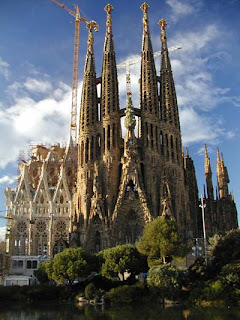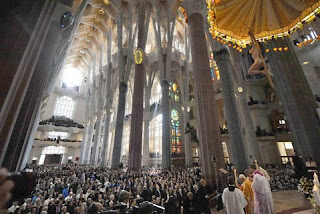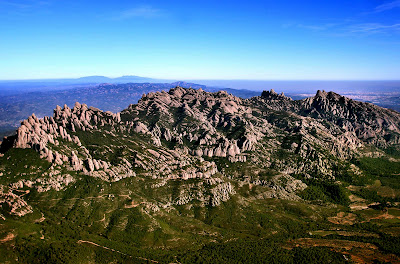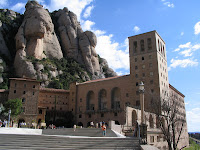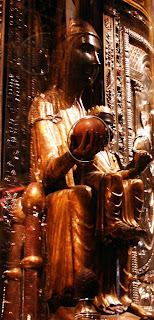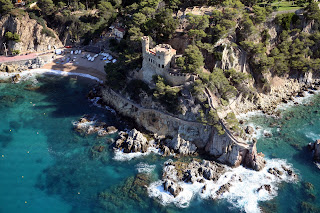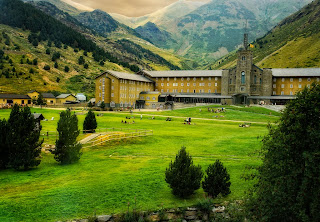 • Location and Description: The Val d'Aran (Occitan: Era Val d'Aran; Catalan: la Vall d'Aran) is a catalan valley (620.47 km²) in the Pyrenees mountains and a comarca (county) in the northwestern part of the province of Lleida, in Catalonia. Most of the valley constitutes the only part of Catalonia, on the north face of the Pyrenees, whose waters drain into the Atlantic Ocean.
• Location and Description: The Val d'Aran (Occitan: Era Val d'Aran; Catalan: la Vall d'Aran) is a catalan valley (620.47 km²) in the Pyrenees mountains and a comarca (county) in the northwestern part of the province of Lleida, in Catalonia. Most of the valley constitutes the only part of Catalonia, on the north face of the Pyrenees, whose waters drain into the Atlantic Ocean. The capital of the comarca is Vielha, with 3,692 inhabitants (1996). The entire population of the valley is about 7,130 (1996).
• Curiosities: Did you know that "Val d'Aran" itself is a pleonasm? It means Valley of the Valley (val in Gascon and aran from Basque haran), a combination that reflects its unique geography.
• How to go there: The Val d'Aran borders France on the north and the Spanish Autonomous Community of Aragón to the west.
If you click here, you will see the Val d'Aran ubicated in the map.
• Wikipedia article: Click Here!

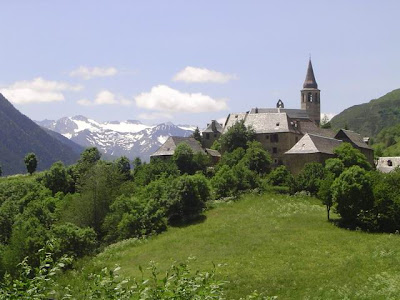
Source.

